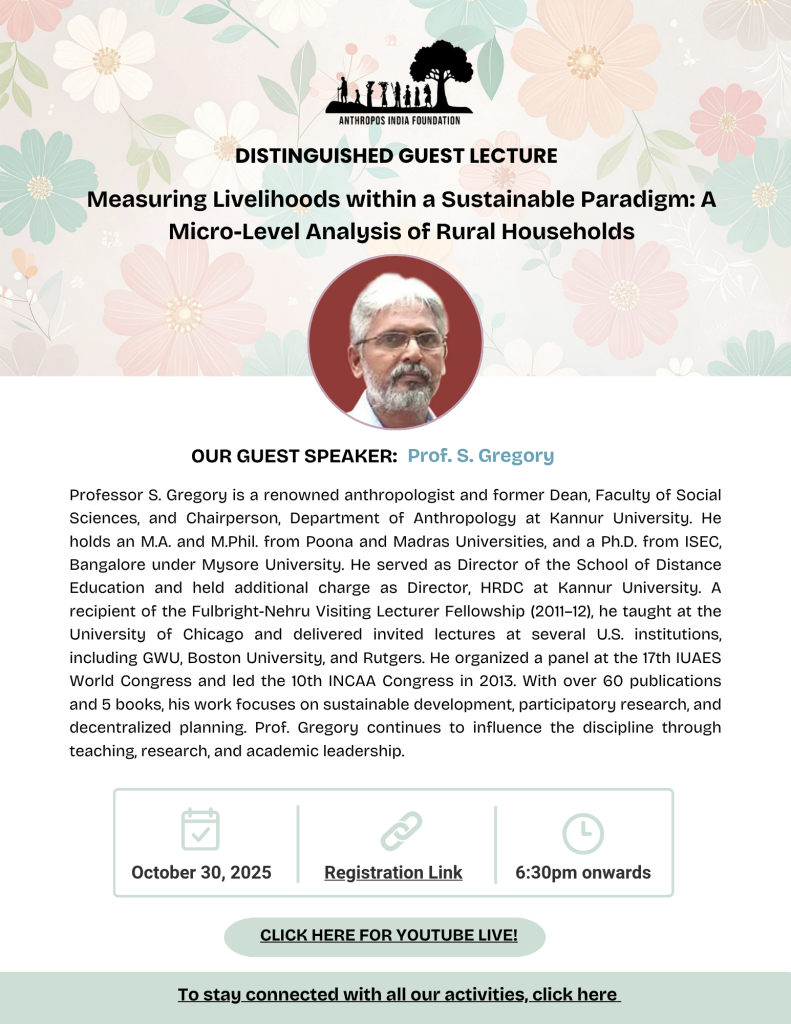Summary:
Introduction: The Need for a New Paradigm
Traditional measures of poverty and development, such as income thresholds, have proven insufficient to capture the complex nature of livelihood security. These metrics fail to diagnose unsustainable consumption and do not reflect the symbiotic relationship between communities and their natural resource base, which is often disrupted by unsustainable practices. Professor Gregory’s research addresses this critical gap by developing a robust framework and quantitative indices for assessing livelihoods within a truly sustainable paradigm, offering a holistic view of a community’s livelihood health.
Conceptual Framework: The BOPS Continuum
The study redefines livelihood security not as a binary state, but as a dynamic continuum. A sustainable livelihood is one that can cope with shocks, enhance its capabilities for the future, provide for the next generation, and achieve this without undermining the natural resource base.
The BOPS Framework categorizes households into five distinct levels:
● Bare Minimal (BM): Extremely vulnerable, requiring urgent intervention.
● Core Subsistence (CS): Moderately insecure, with limited resilience to shocks.
● Optimal Sustainable (OS): The target equilibrium—secure, resilient, and balanced.
● Perilous Sustainable (PS): Overstressed and overusing resources, requiring de-stressing.
● Severe Sustainable (SS): Highly unsustainable, requiring urgent correction to prevent collapse.
The core policy objective is twofold: to uplift households from the deprived end (BM, CS) and to de-stress those at the overconsuming end (PS, SS), guiding all toward the Optimal Sustainable level.
Methodology: A Multi-Dimensional Indexing Approach
The analysis was based on a study of 100 rural households, focusing on three critical dimensions:
- Eco-physical Indexes: Access to land, water, housing, and amenities.
- Economic Indexes: Production, employment, savings, and credit.
- Biophysical Indexes: Access to food, nutrition, and healthcare.
The methodology employed family size normalization to account for varying demographic needs and calculated each household’s score as a percentage of an established community optimal position. A final index score placing a household within 80-120% of this average corresponds to the Optimal Sustainable Level.
Critical Findings and Policy Implications
The application of this rigorous methodology yielded findings that challenge conventional development indicators:
● Water Index: Identified as the most severe issue, with 36% of households at the Bare Survival Level, demanding immediate, targeted investment in water security.
● Income Index: Nearly 70% of households fall below the Optimal Sustainable Level, indicating widespread economic insecurity and highlighting the need for income generation and livelihood diversification.
● Composite Livelihood Index: Only 31% of households achieve the Optimal Sustainable Level, confirming widespread insecurity and the need for comprehensive, multi-sectoral interventions.
● BPL/APL Classification: The traditional BPL/APL categorization was found to be scientifically unsound. BPL households were found above the OS level, while APL households were found at the Bare Survival level. This urgently calls for supplementing or replacing BPL/APL with a multi-dimensional index for accurate targeting of government support.
● Homogeneity of Groups: Households within designated social groups (e.g., Scheduled Caste) are not homogeneous, spanning the entire BOPS continuum. This finding necessitates a policy shift from blanket community-based programs to targeted, household-specific interventions.
Conclusion and Strategic Recommendations
This study demonstrates that a quantitative, index-based assessment is a powerful tool for diagnosing ground-level realities, capturing both deprivation and invisible overconsumption. The framework provides a viable methodology for rethinking development by providing a scientific basis for policy and redefining the goal of development from perpetually pushing for higher consumption to achieving a balanced, Optimal Sustainable level for all.
The lecture was attended by approximately 45 participants via Google Meet and around 95 participants through YouTube Live, including scholars, faculty members, and social scientists from various institutes across India. It was recommended that local self-governance bodies (such as Gram Panchayats) adopt this multi-dimensional framework to enhance sustainable livelihood initiatives. By leveraging data-driven, targeted, and effective governance strategies, this approach can support the development of resilient and sustainable communities.


